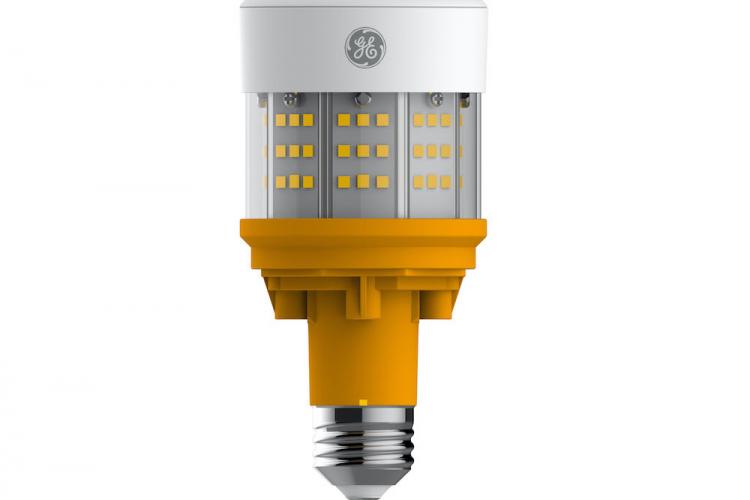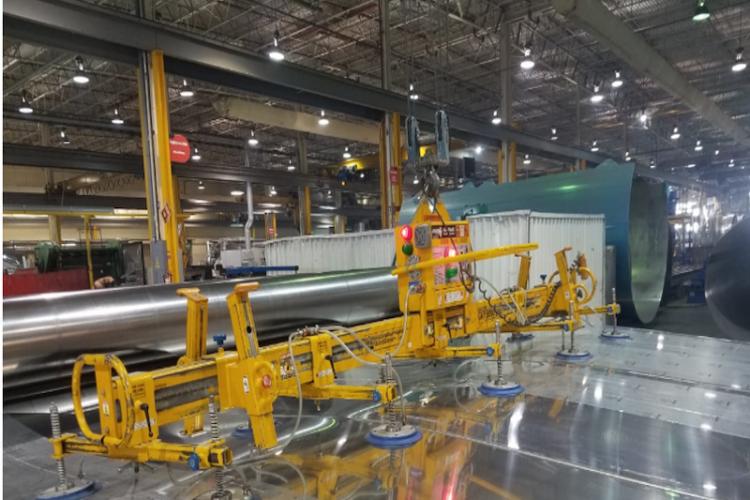5 Things to Know About the Connected Future
5 Things to Know About the Connected Future
5 Things to Know About the Connected Future
We live in one of the most fascinating periods in history where the rate of technology change is absolutely staggering. What trends are driving this acceleration, and how are intelligent cities and smart businesses adapting? Read on to learn five things to know about the connected future—and how you can stay ahead.
1. Acceleration: Today is the slowest day of technology change for the rest of your life.
Bill Gates once observed that most people tend to overestimate the rate of change that’s going to occur in a two-year basis, but underestimate the rate of change that will occur in a 10-year basis.
It’s important to be ready for this acceleration. Your opportunity in dealing with this is continuing to ingest new ideas, new technologies and new methodologies to solve problems.
2. Hyper-Connectivity… and endless possibilities.
Every industry is set to be transformed as an era of hyper-connectivity becomes the new norm. The result?
- Massive business model disruption.
- Industries in which customers empowered with mobile devices control a wide variety of other devices that are a part of their daily lives.
- Unique opportunities for deep analytical insight into trends and opportunities emerging in industries.
- A reinvention of manufacturing, logistics, retail, healthcare and other industries because of consumers that are empowered, connected and enabled with a new form of lifestyle management that we’ve never witnessed before.
The Internet of Things is happening everywhere, it is real, and it is unfolding at a blistering pace. These are staggering trends, and what is means is the possibilities are endless for growth and innovation.
3. Momentum & the potential for big wins.
We’re in the era of revolutionary new opportunities. With lighting in particular, the potential for significant efficiency and cost savings and deep analytical insight into usage patterns is real.
New LED technologies change our very concept of lighting and individual addressability at the level of the light bulb leads us to an era that is unlike anything we've ever known.
Consider these statistics:
- Right now, lighting accounts for 12-15% of annual global power consumption, creating 1.7 billion tons of CO2 emissions per year.
- According to the International Energy Agency, improving lighting efficiency by 20% can reduce total power consumption by 3.8% and cut total CO2 emissions by 0.8 percent.
- According to industry reports, the global LED lighting marketing is expected to grow from $7 billion in 2010 to $40 billion in 2016.
There is so much momentum behind these changes because the potential for big wins are huge.
4. The next generation
Today’s younger generation—those under age 25—have never known a world without a mobile device that lets them access incredible amounts of information at their fingertips. This generational trend is crucial to businesses that need to communicate with customers and employees that are used to receiving information in vastly different ways. Additionally, this generation is starting to drive rapid business model change and industry transformation as they move into executive positions.
According to author Cathy Davidson, 65% of children today will work in a career that has doesn’t yet exist. Think about titles like “water usage audit analysts,” “energy usage audit architects,” and “location intelligence professionals.” We are at the forefront of a remarkable time in history as the next generation uses connectivity to advance some of the biggest energy successes.
5. The Future Belongs to Those Who Are Fast
As new technology, intelligent lighting and infrastructure emerge, the key phrase businesses need to remember is to Think Big, Start Small and Scale Fast. Take on a small-scale, experimental project in your municipality. Test out a new technology with a target group.
By starting small and learning to scale fast, you can adopt an innovation mantra and build a business plan that leads to success.

About the Author:
Jim Carroll is one of the world’s leading international futurists, trends and innovation experts. He has authored numerous books, including “The Future Belongs to Those Who Are Fast.”
For more information, visit www.jimcarrroll.com.






